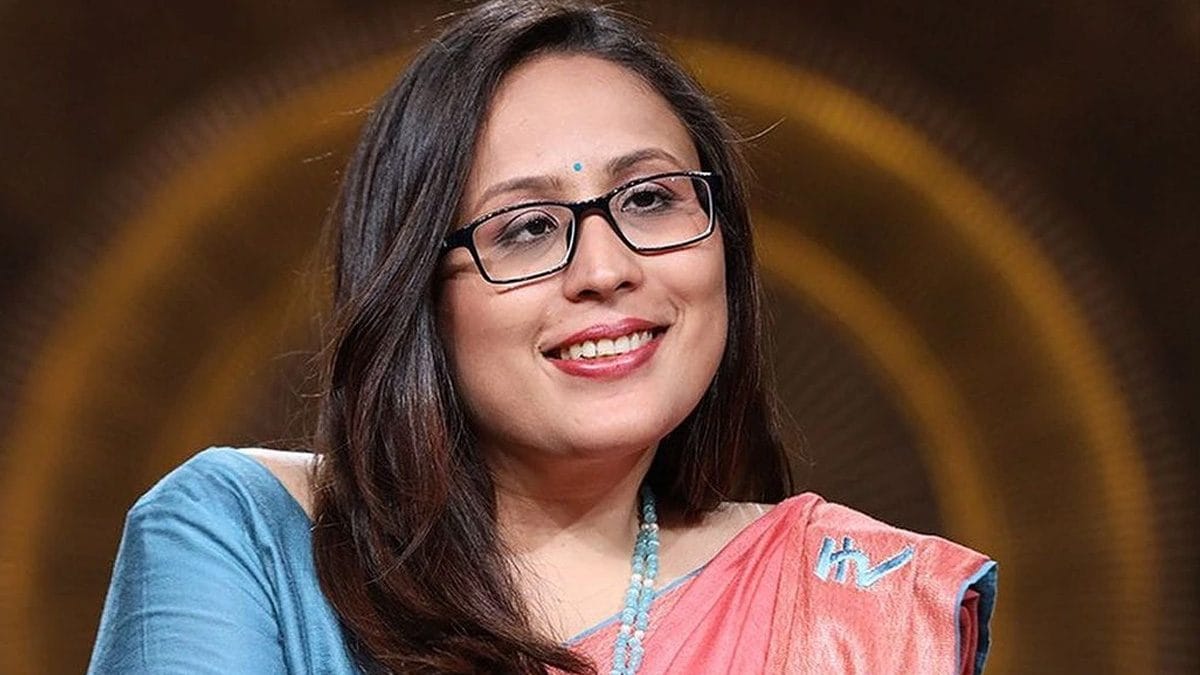Radhika Gupta, CEO and Managing Director of Edelweiss Mutual Fund, recently experienced a serious fall resulting in a head injury. Her subsequent hospital visit and speedy recovery highlight a positive aspect of India’s healthcare system, contrasting sharply with her experiences in other developed nations. This incident, and her subsequent social media post, provides a unique perspective on the accessibility and efficiency of emergency medical care, prompting a discussion about the varying standards of healthcare across different countries.
Radhika Gupta’s Accident and Hospitalization
The Fall and Immediate Response
On Sunday, October 6th, 2024, Radhika Gupta suffered a severe fall causing a head injury requiring immediate medical attention. She was swiftly transported to Jaslok Hospital in Mumbai, where she received prompt and efficient emergency care. The speed of response from ambulance services and the hospital staff is noteworthy, especially considering it was a Sunday morning, a time when healthcare services in many parts of the world might experience reduced staffing and slower response times. This highlights the rapid availability of critical care services at this particular hospital and perhaps suggests a higher level of immediate responsiveness to emergencies within the Indian healthcare system, at least in certain private hospitals. The fact she received tests, stitches, and was discharged within 2.5 hours speaks to a level of efficiency not always guaranteed in similar situations elsewhere.
Jaslok Hospital’s Role
The swift and effective treatment Gupta received at Jaslok Hospital played a crucial role in her speedy recovery. The hospital’s staff exhibited exceptional professionalism and dedication, demonstrating the potential for excellence within Indian healthcare facilities. Their efficient handling of the emergency, including immediate access to tests and specialist care, stands in contrast to potential delays reported in healthcare systems in other countries. The hospital’s capabilities in managing and resolving urgent medical situations showcases a model that could potentially be applied or learned from in other healthcare systems seeking improvement in patient handling. This case offers an exemplary example of effective triage, rapid treatment, and efficient discharge planning that contributed to Gupta’s rapid recovery and minimal downtime.
Comparing Healthcare Systems: India vs. Developed Nations
Contrasting Experiences with Emergency Care
In her social media post, Gupta contrasted her positive experience with the Indian healthcare system with her past observations in “developed” countries. She highlighted the common occurrence of prolonged waiting times in emergency rooms (ERs) in other nations, even when facing critical medical conditions. These extended waits can lead to significant delays in receiving necessary treatment, potentially exacerbating the severity of injuries and negatively impacting patient outcomes. The cost of healthcare is also a significant factor cited, with expensive medical insurance still not guaranteeing immediate attention in several developed nations. This disparity in accessibility and efficiency of emergency care highlights the complex challenges inherent in different healthcare systems, irrespective of a nation’s stated development level.
Healthcare Accessibility and Efficiency
The contrast drawn by Gupta emphasizes the potential advantages and disadvantages of different healthcare models. The speedy and effective care she received in India points towards a potential strength of certain aspects of the Indian healthcare system – specifically regarding the swiftness of emergency response and treatment in private hospitals. However, it’s important to acknowledge this experience reflects a specific instance and might not be representative of the entire nation’s healthcare infrastructure. Access to quality healthcare can vary significantly based on location, socioeconomic factors, and the public versus private sector. A deeper comparative analysis is needed to assess the overall quality and access of healthcare within the wider context of both Indian and other international systems. Access to high-quality care, should not be based merely on proximity to wealth or influence.
Lessons Learned and Broader Implications
Celebrating Efficiency and Advocating for Improvement
Radhika Gupta’s experience serves as a case study in successful emergency medical care. Her appreciation for the prompt and efficient service she received not only celebrates the specific hospital’s response but also encourages broader reflection on how the healthcare sector within her home country serves the population. This underscores the need for continued improvements to ensure that the efficiency she witnessed becomes a more consistent and reliable aspect of Indian healthcare for all citizens, especially given the potential disparity in services provided between public and private sectors. While appreciating a positive outcome, Gupta also appropriately notes that India’s healthcare system is not without its flaws.
Importance of Efficient Emergency Services
The importance of rapid response times in emergency situations cannot be overstated. Delays can have life-threatening consequences, and the efficiency observed in Gupta’s case underscores the critical role of timely intervention. Improving pre-hospital care, emergency department workflow, and access to specialized services are vital steps towards providing efficient and effective healthcare for all. While highlighting one positive experience, Gupta’s message should promote reflection and spur continuous improvements to ensure all individuals have timely access to appropriate care, regardless of background or location. This narrative reinforces the urgency of tackling existing inequalities and improving access to quality emergency care universally.
Take Away Points:
- Radhika Gupta’s experience showcases the potential for efficient and effective emergency medical care in India, especially in private settings.
- Her comparison with healthcare systems in other “developed” countries highlights variations in accessibility and waiting times for emergency treatment.
- The incident emphasizes the importance of rapid response and efficient care in emergency situations, underscoring the need for continuous improvements to the system.
- Gupta’s story prompts a broader discussion on healthcare access, efficiency, and the role of public and private healthcare providers in delivering quality services to all.









